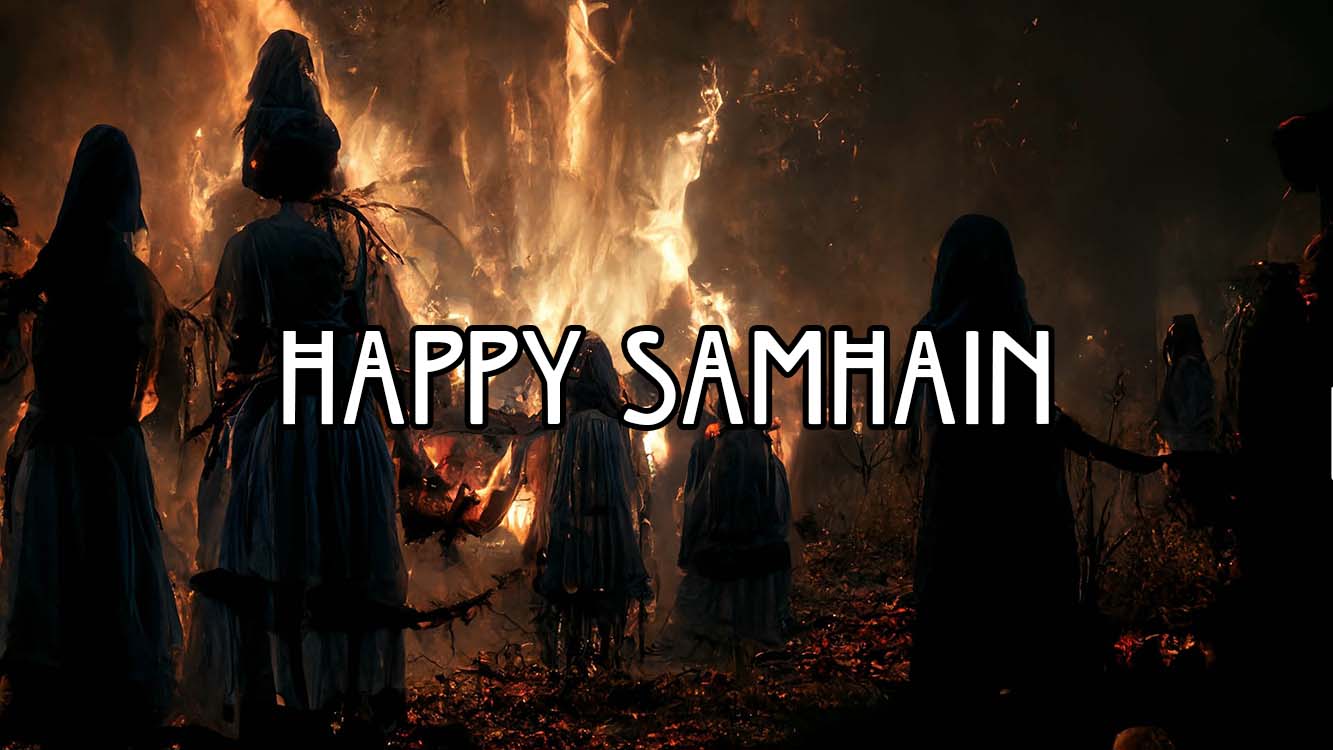Day of the Dead or Celtic New Year? Here is everything you need to know about Samhain…
Usually celebrated between October 31 – November 1, Samhain is the second to last celebration in the Wiccan Wheel of the Year. As this Gaelic festival began in the northern hemisphere, it takes place at the midpoint between the autumn equinox and the winter solstice, marking the end of harvest and beginning of winter; or the ‘dark half of the year’.
Samhain is an ancient Celtic festival of remembrance, rooted in pagan tradition. At the time of Samhain, the world of the gods was believed to be made visible to humankind and the barriers between the living and the dead would break down. This allowed for souls, ghosts and fairies to wander the mortal plane.
The Celts saw Samhain as a festival of the dead, celebrating with bonfires, gatherings and feasts. It was a time of death and rebirth, communities looked to connect with deceased loved ones and otherworldly spirits.
Due to the spread of christianity, November 1 later became All Saints’ Day. In spiritual tradition this is a day to honour holy or ‘hallowed’ souls, such as saints and martyrs. This lead to the creation of All Hallows Eve, an attempt to blur the lines between religious and pagan practices, the church believed including celebrations of the otherworld would make the transition to faith easier for Irish and Scottish Wiccans. This is where modern Halloween originates from and why it is celebrated October 31.
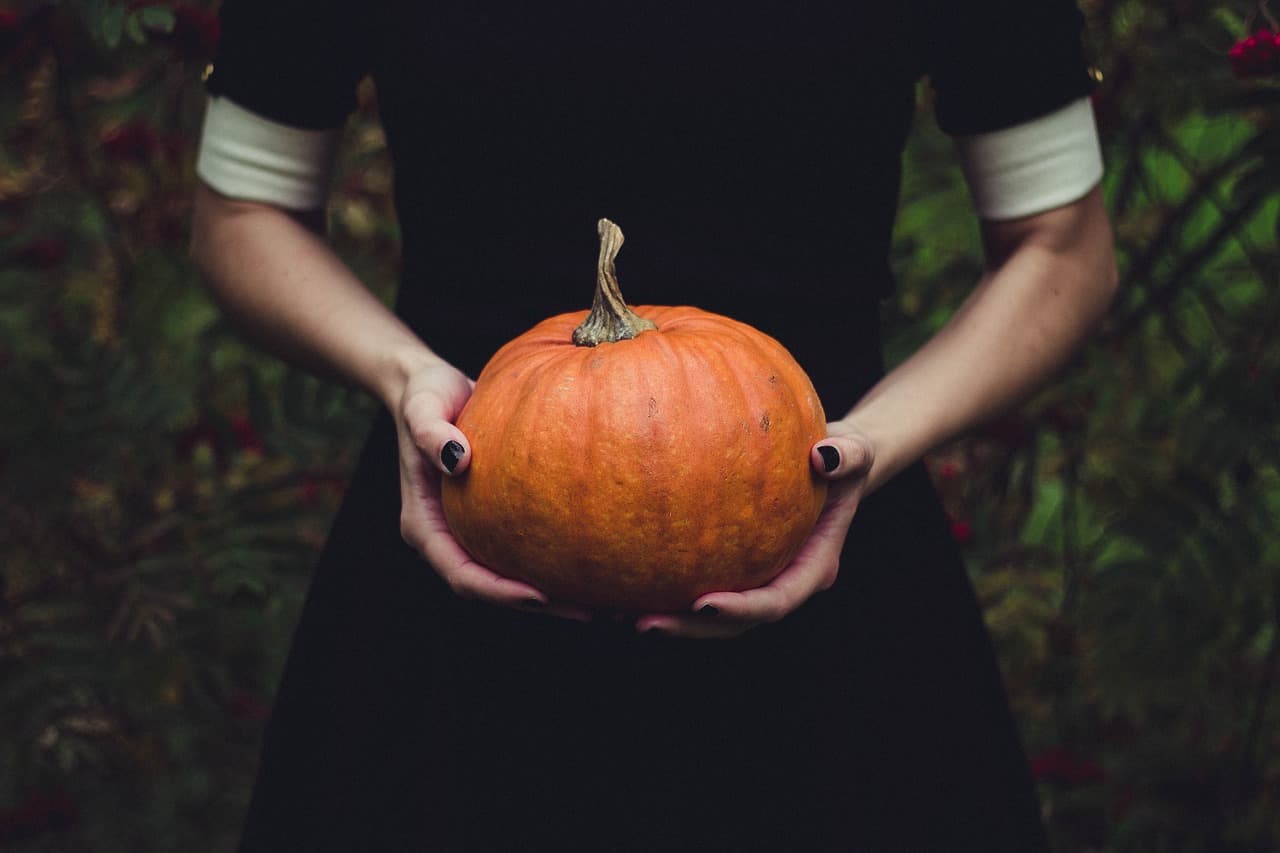
Celebrate with a Bonfire!
Samhain is one of four fire festivals in the Pagan calendar; Samhain, Imbolc, Beltane and Lammas. The ancient Celts believed Samhain to be the most important as it was the end of the harvest and beginning of the old new year.
Traditionally on October 31st families would let the fires in their hearth go out as they gathered the last crops of the season. Children would go from door to door asking for donations of kindling, food and drink. The following day massive bonfires would be lit on sacred hilltops and offerings would be made in honor of the gods. Animals and crops would often be burned in sacrifice. The druids believed a bonfire would welcome good spirits, while the sacrifices would keep fairies and evil spirits away.
This Samhain ritual can be celebrated in so many ways! The flame is an essential tool for any witch, whether burning worries away or using candle magic.
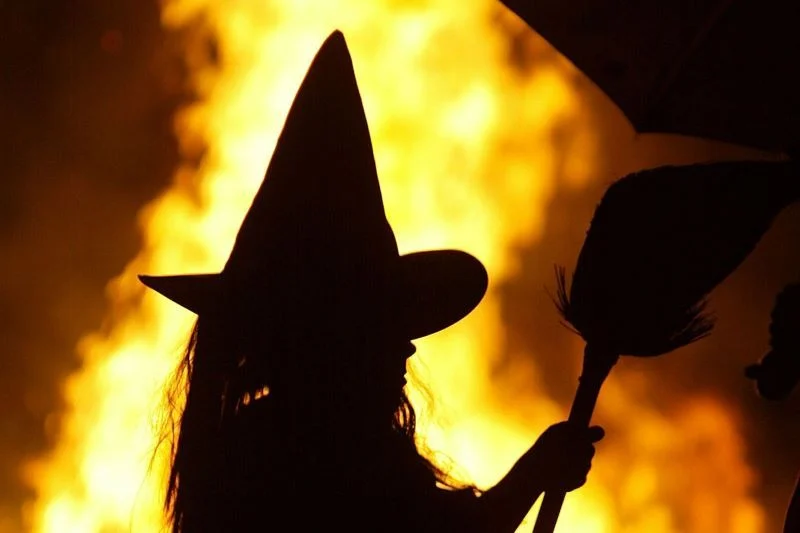
Host a Feast or Dumb Supper
The festival of Samhain placed great importance on honoring the dead; Celtic traditions included a large feast with places set for lost loved ones. Their plate and cup would be filled, while families took advantage of this opportunity to sit with lost loved ones.
Many pagans choose to observe this ritual as a ‘ dumb supper ‘, meaning the meal is held in silence and used as a time of reflection, participants would usually bring a note to burn for the deceased.
This tradition can be observed with family and friends, simply put together a meal and include a setting with photos of those who have passed. It doesn’t have to be a somber event, many see it more as a celebration of life.
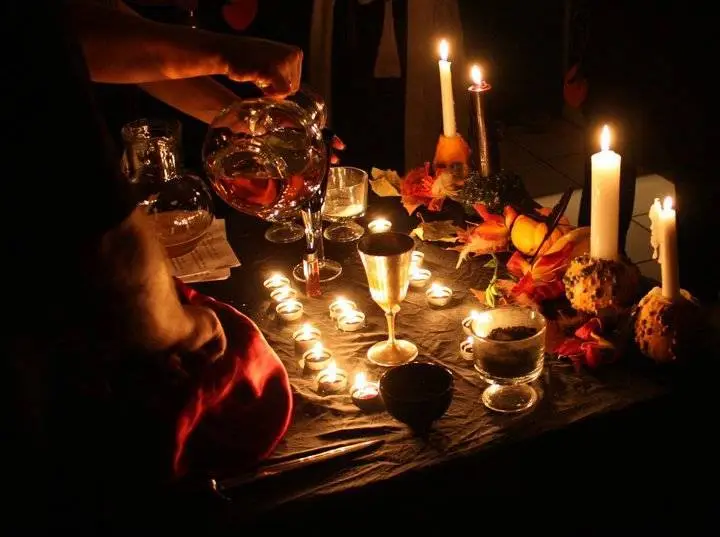
Carve a Jack-O-Lantern!
Traditionally the Celts would carve menacing faces in turnips to frighten away the wandering soul of ‘Stingy Jack’. This character from Gaelic mythology was a deceitful drunk who tricked the Devil multiple times in order to evade death, however when his time finally came he was unable to enter heaven or hell. His soul is doomed to forever wander between the two planes, with only an ember inside a hollowed out turnip to guide his way.
As Samhain is a time where souls may enter the home more easily, Jack-O-Lanterns were used to ward off unwelcome spirits such as Stingy Jack.
As Irish immigrants moved to the USA, the turnip was swapped for a pumpkin and the classic pumpkin carving seen today came into existence.
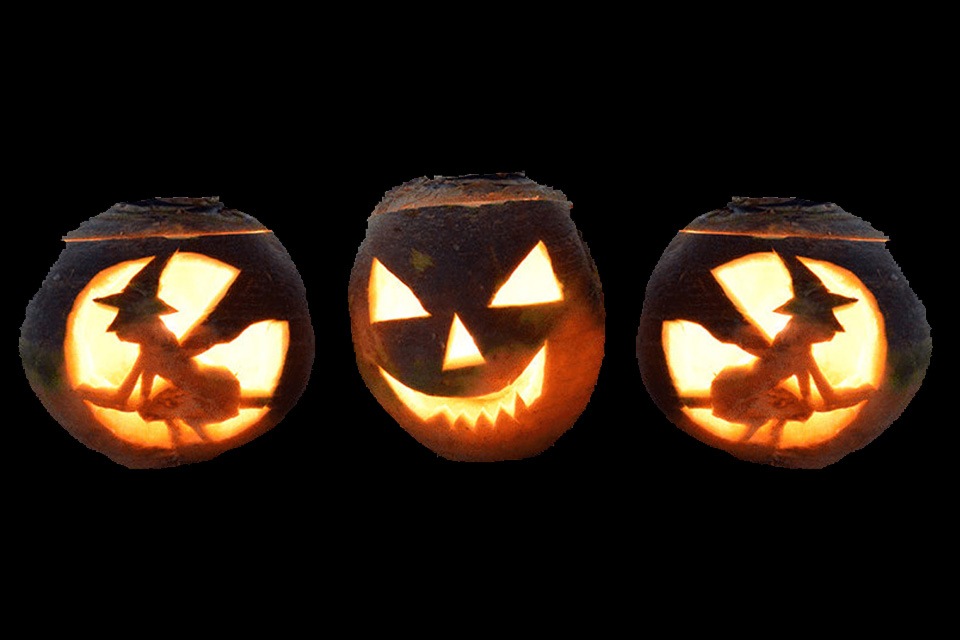
Set up a Samhain Altar
It is Samhain tradition to set up an altar for the dead, often featuring offerings, photographs and symbols of death. Most Wiccans create a specific altar for this pagan holiday as it is the perfect time to honor nature, life and rebirth.
Important things to include in a Samhain altar would be colours of the season, tools of divination, candles, photographs, harvest foods and symbols of death such as bones or ashes.
Once the altar is ready rituals can begin such as praying to a deity, candle magic and giving thanks.
Check out this Samhain altar set up from TikTok user @gingysays:
@gingysays Blessed be! #samhain #samhainseason #samhainaltar #altar #witchtok #witchcraft #eclecticwitch #greenwitch #witchyvibes #candlespell #candleritual #halloween ♬ Timelapse – Michael Logozar
Dress in Costume or go Trick-or-Treating
Another way to scare off evil spirits is to dress in menacing costumes. It was Samhain tradition that the children going door-to-door would be given treats if they were dressed up, this was to thank them for warding off negative entities. The adults would also join the merriment, dressing in costume and sharing food and drink.
The houses that refused to be generous in their offerings were to be ‘tricked’ and tormented, this was blamed on fairies and mischievous spirits. It was believed if someone was dressed as a fearsome creature, the fairies wouldn’t kidnap them.
This tradition can be observed today through costume parties and sharing offerings with the local community.
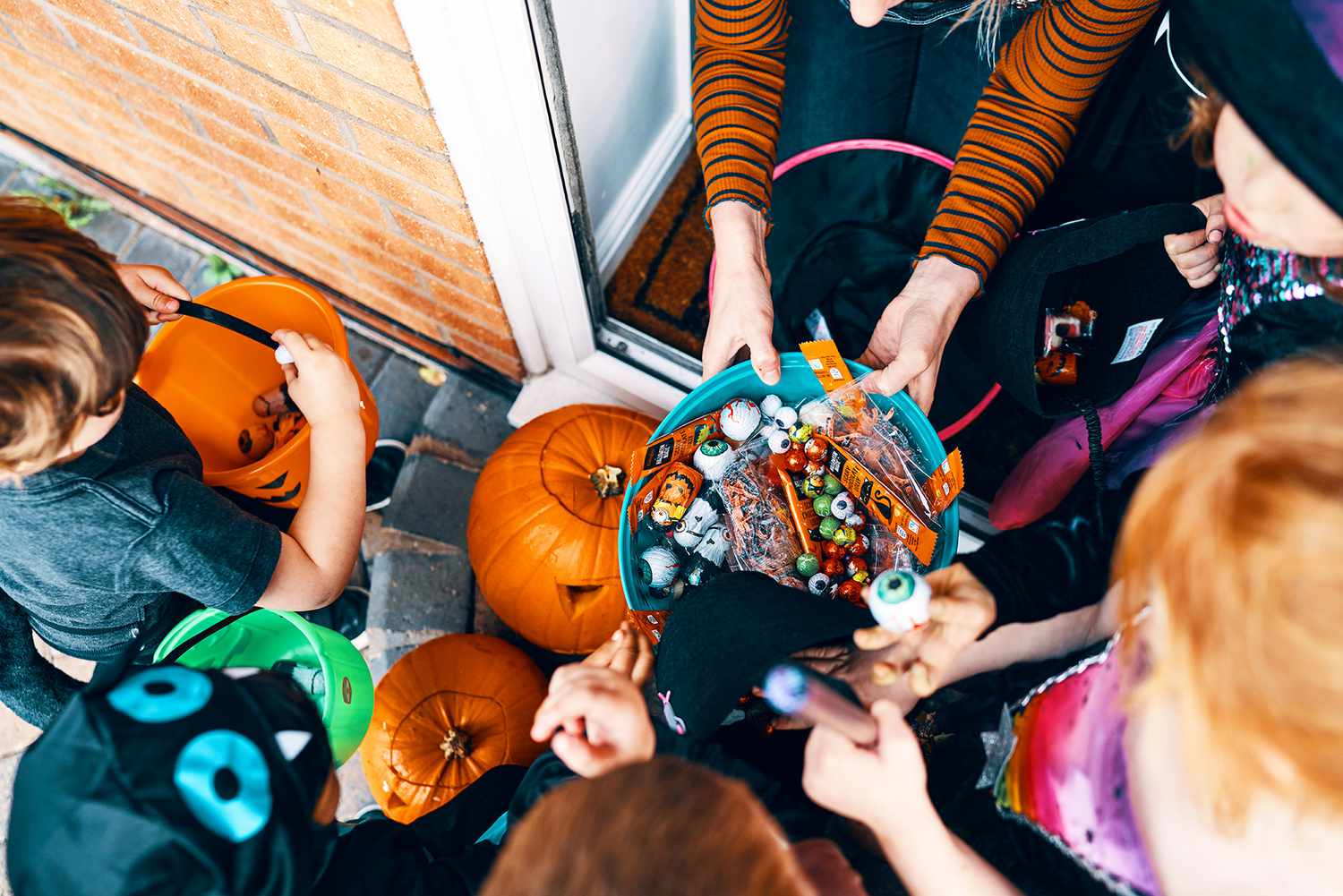
Clean the House or have a Cleansing Ritual
The ancient pagans would deep clean their house prior to Samhain, this was to show respect to their visiting ancestors, it was also believed a clean house made it easier for good spirits to enter.
Cleansing space of negative energy is ideal at this time, it is the end of the summer cycle and releasing any baggage can help prepare for winter. As Samhain is a festival of life and death, there is great symbolism in clearing the clutter of the past to make way for new energy.
Decluttering the home is the perfect way to make space for the coming months. This practice can also be observed with a cleansing ritual, either burn some incense to cleanse your space or cleanse the body with a bath.
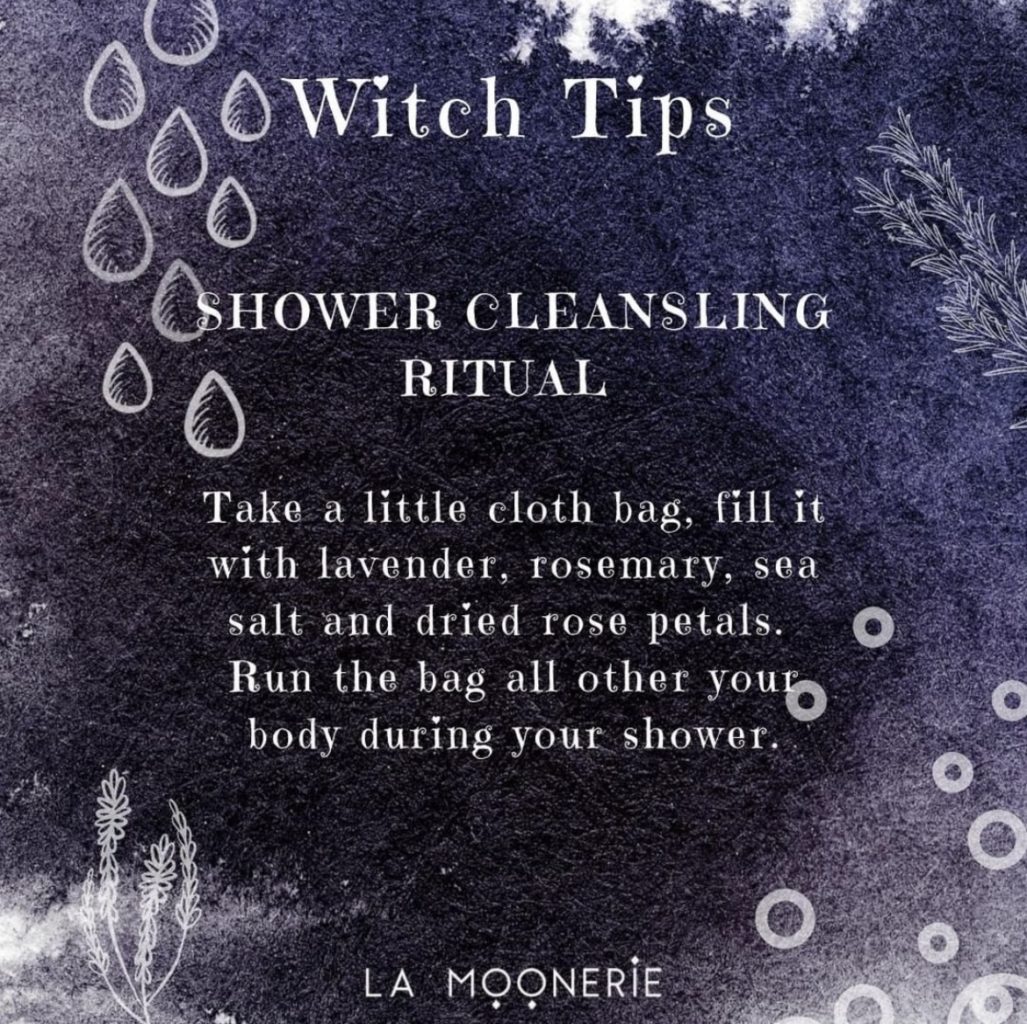
Practice Divination
The Celts believed Samhain stood beyond the boundaries of normal time, as this is also when the veil between the two worlds is at it’s thinnest, it is the perfect time to look into the future.
The ancient pagans would often use apples; for example, if the peel of an apple was dropped on the floor during peeling, this would show the first initial of a future husband or wife. There were also many games played to predict the future.
Divination methods include tarot, runes, tea leaves, palm reading, pendulums, scrying or using a ouija board (please be careful and use protection if using the latter).
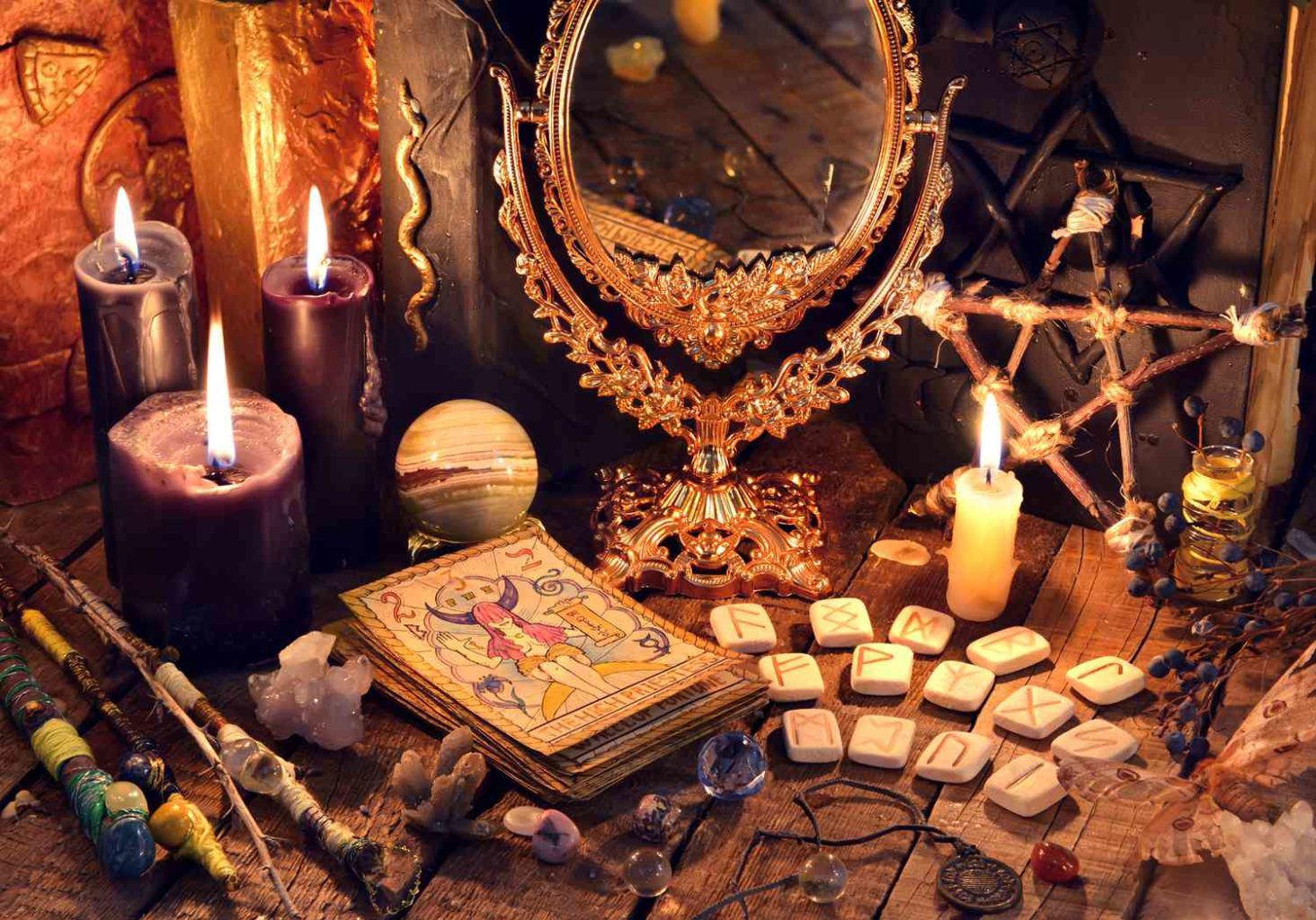
Spend Time in Nature
As with all sabbats, Samhain signifies a turning point in nature, the vegetation begins to die off and communities settle in for winter.
The cycle of the seasons is a reminder of life, death and the beauty of change. Ancient druids spent much of their time outdoors; farming, foraging and taking in the change of season.
Any time spent outdoors is valuable to witches. Take a moment to be mindful and observe the natural world; connect with animals, forage or give thanks the spirits of the earth.
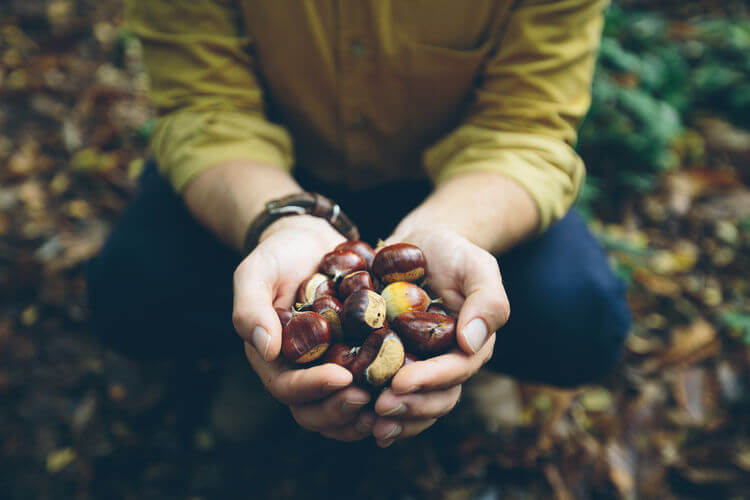
How Will you Celebrate Witches’ New Year?
While there are many ways to celebrate Samhain, it is always best to choose traditions most meaningful to the individual. Be sure to make the most of these ancient practices and do what works best for you.
Happy Samhain!

